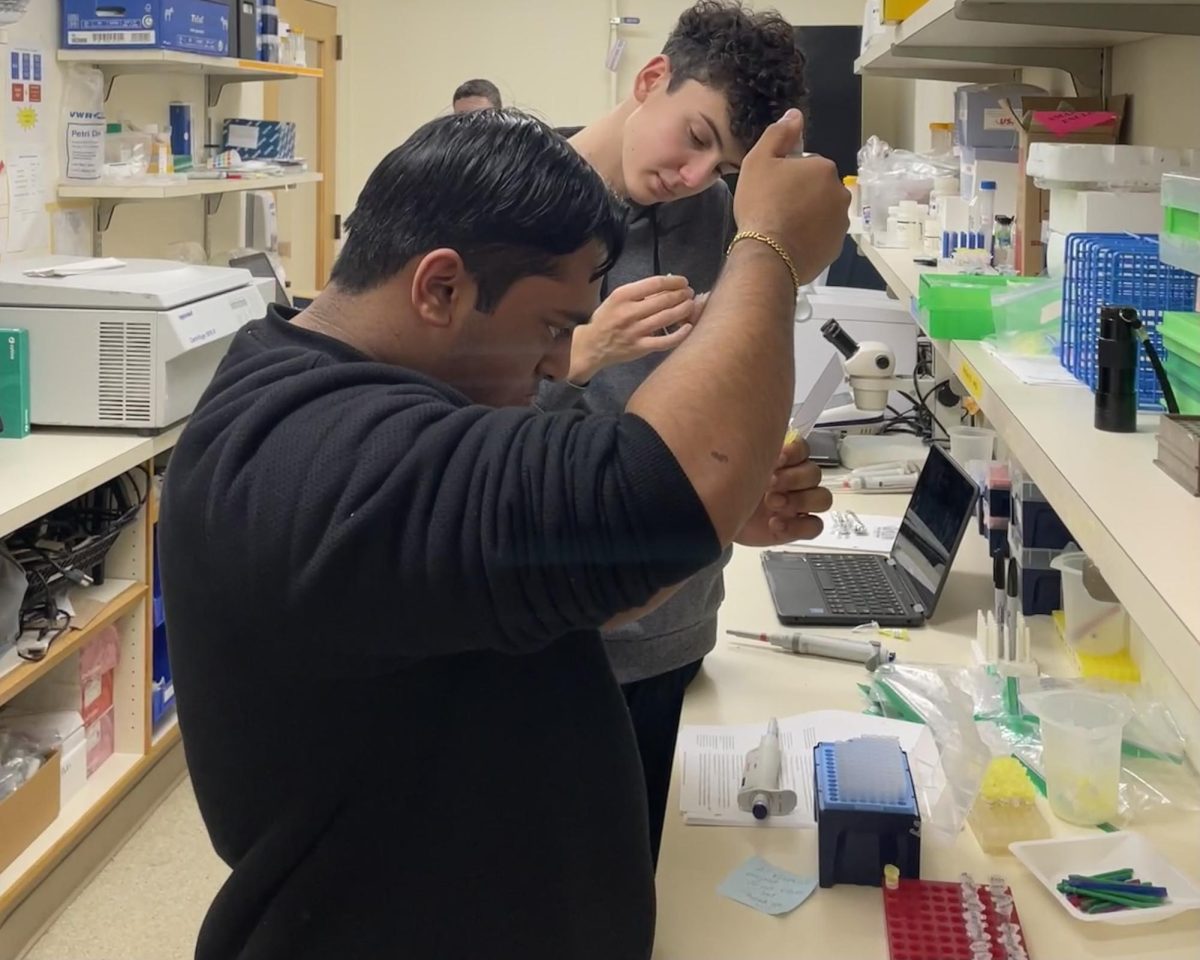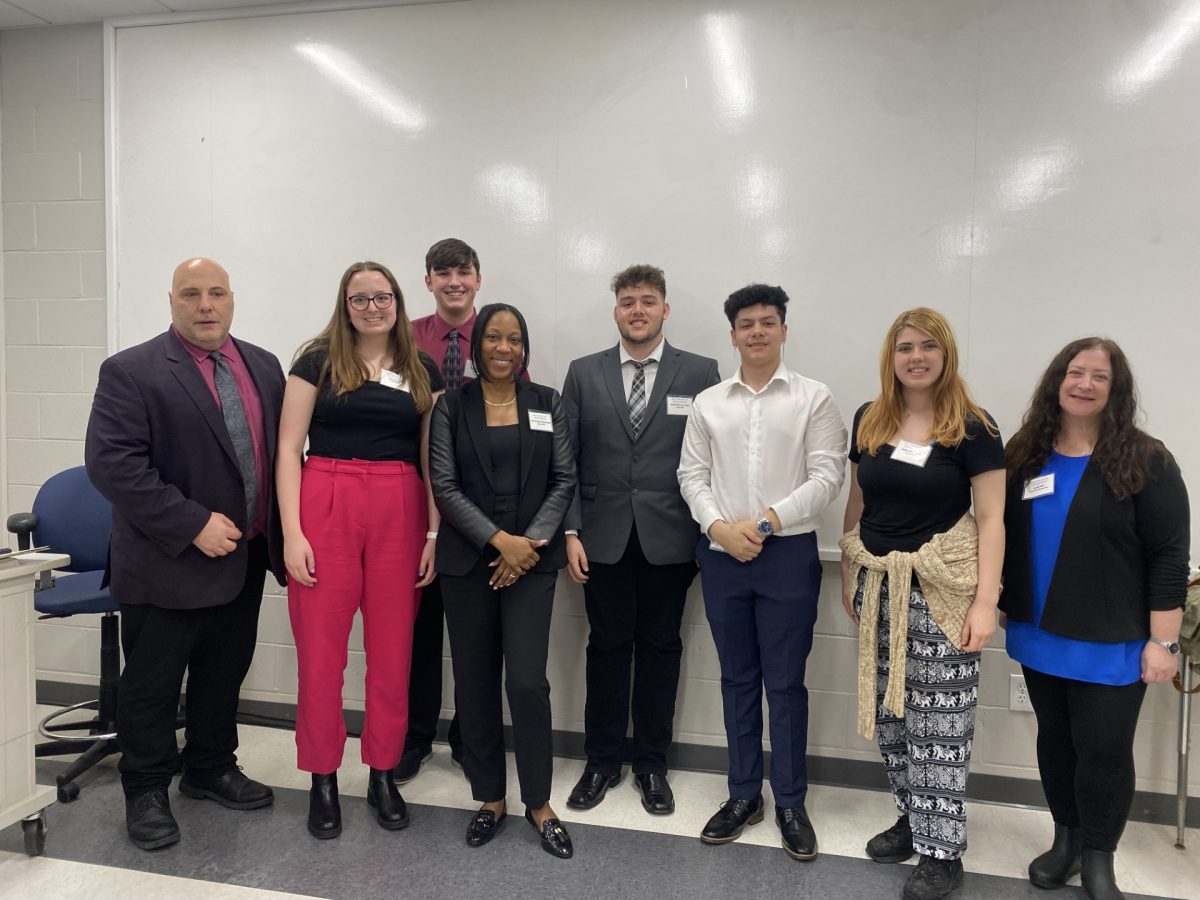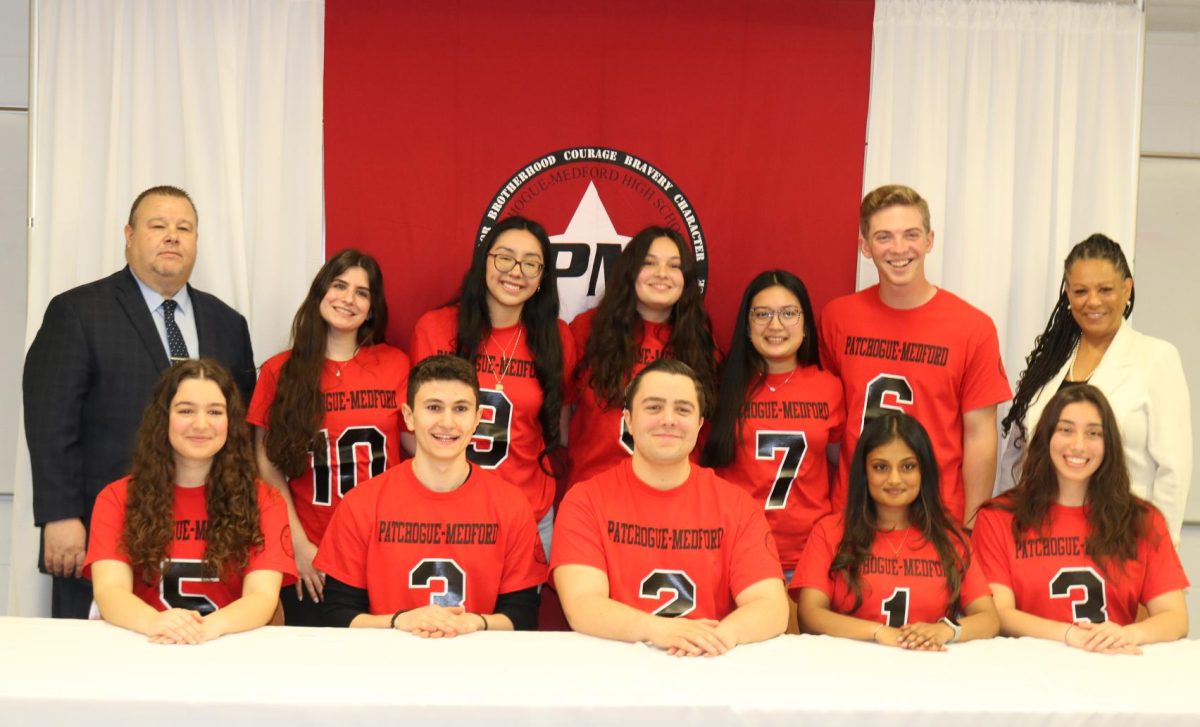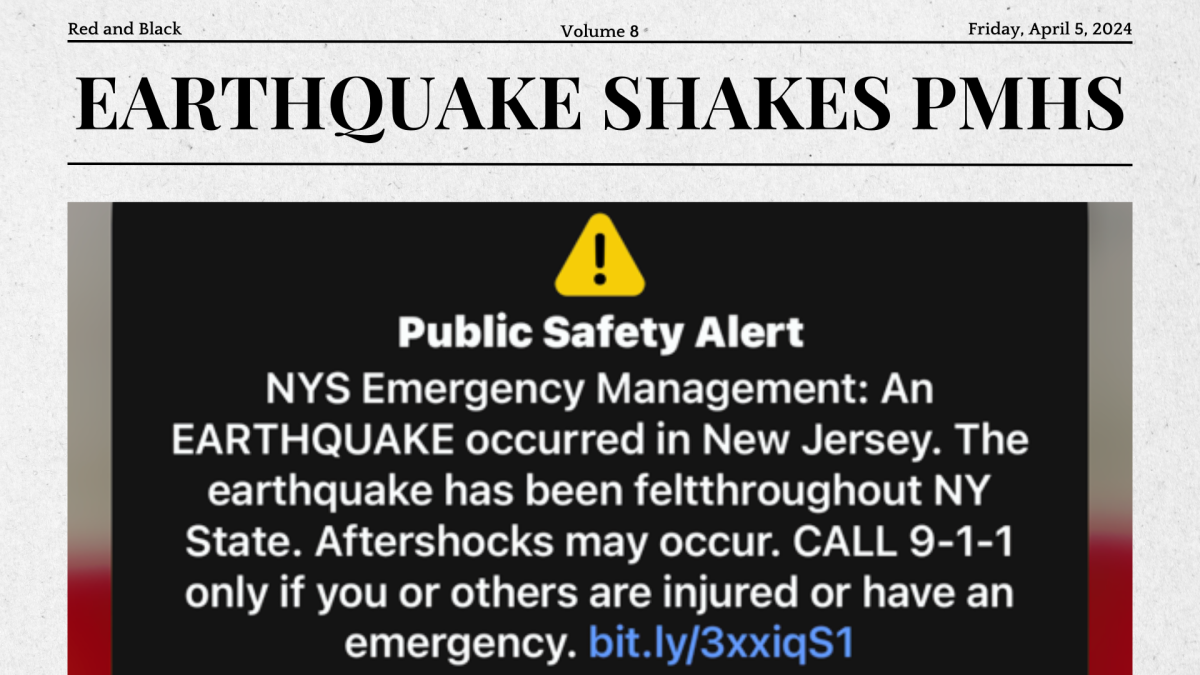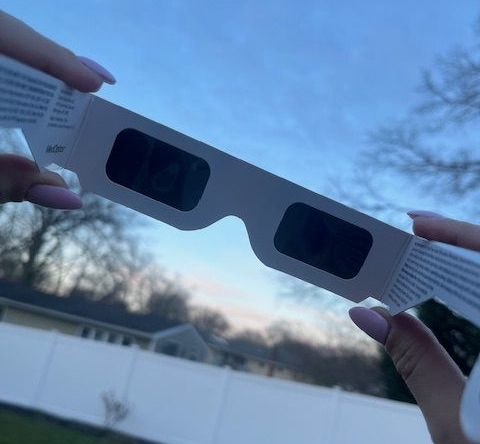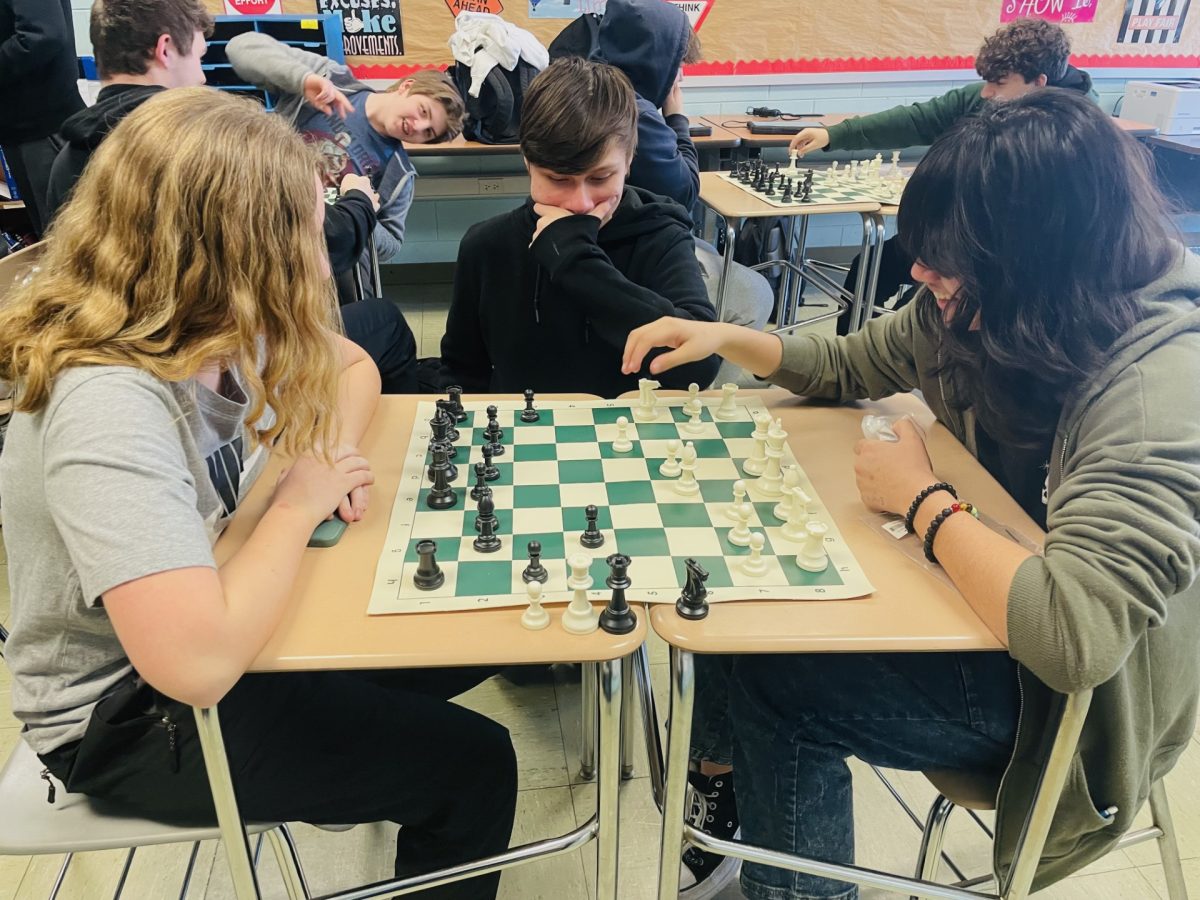As one of the few schools on Long Island offering the AP Capstone program in their curricula, Patchogue-Medford High School provides various STEM opportunities for its students.
From Brookhaven National Laboratory to Stony Brook University right at our fingertips, the possibilities are endless. For instance, on December 8th, four AP Research students joined Dr. Gatz in spending the day at Cold Spring Harbor Laboratory to conduct the necessary experiments for their research papers.
Senior, Carlo Costigliola, and Junior, Isaac Varghese, have decided to focus their research on DNA barcoding. According to International Barcode of Life, “DNA barcoding is a method of specimen identification using short, standardized segments of DNA.”
The basic process for DNA barcoding can be summarized into four steps: extract, amplify, sequence, and compare. While the process seems daunting at first, with technology constantly evolving and improving, it only takes a couple of hours to complete the entire process.
“This is the fourth group of students that have done DNA barcoding since about 2017, we took a long hiatus with the COVID-19 pandemic, so it’s good to be back doing some genetic based research,” says Dr. Gatz.
Students have performed DNA barcoding on various species ranging from ants to fruit flies.
This year, ants and lichens were tested. Costigliola, who is testing ants, picked DNA Barcoding as he’s interested in finding new ways to help people.
“Through this project I could do that,” Costigliola says, “Using the technology, my study aims to measure potential pollution at the Holtsville Wildlife and Ecology Center, helping people that could be exposed to these pollutants.”
You may be wondering what lichens are. To put it simply, lichens are a complex form of a combination of a fungus and an alga, with a similar appearance to moss.
“I chose lichens because you don’t expect the ‘little green things’ on trees to be so important,” says Varghese. “Temperature, humidity, weather, location…It’s all significant in an area where lichen development is so important, especially living on Long Island.”
Working as lab partners with Costigliola, I can attest that the experience was like none other. Having the opportunity to work in a lab similar to those at the college-level was not only extremely educational, but also enjoyable. Fortunately, both groups were able to find DNA in their samples.
Junior, Liam Halpin, also spent the day working in the lab with Varghese. He recaps the day as “long and exhausting, but hard work.”
“Working in the lab was amazing as it served as a glimpse of what real science I can conduct beyond high school,” Costigliola adds. “I was very happy to be able to perform actual lab experiments to find real data, and the scientific exhibits that were there were a huge plus.”
Besides writing their papers for AP Research, Costigliola and Varghese will be attending Cold Spring Harbor Laboratory’s Barcode Long Island in June. As co-authors of their research, Halpin and I will be joining the two at the Barcode Long Island symposium. The last symposium Pat-Med attended was before COVID-19, in 2019.
“The symposium is held by CSHL for all students to present their findings from the barcoding that’s been done on the subspecies,” says Dr. Gatz. “It’s held at the DNA learning center where parents and the community are invited to see the poster presentation.”
Returning from Cold Spring Harbor Lab, there is still a lot to do before May when we will be submitting our research papers to the College Board. Beyond DNA barcoding, various topics are being studied in Dr. Gatz’s first period AP Research class from studying the effects of classroom seating on academic performance to the role of feminism in the different movie adaptions of Little Women.
As for the rest of the year, Pat-Med’s AP Research class will continue writing their papers in hopes to achieving a high score, rewarding all the work they’ve done throughout the year.
If you’re interested in joining the AP Capstone program, make sure to speak to your guidance counselor to get your schedule ready for next year! And don’t forget, beyond the walls of Pat-Med lie countless research opportunities to get you a head start on a career in the STEM field.
Interested? Well then, what are you waiting for? Research awaits!

